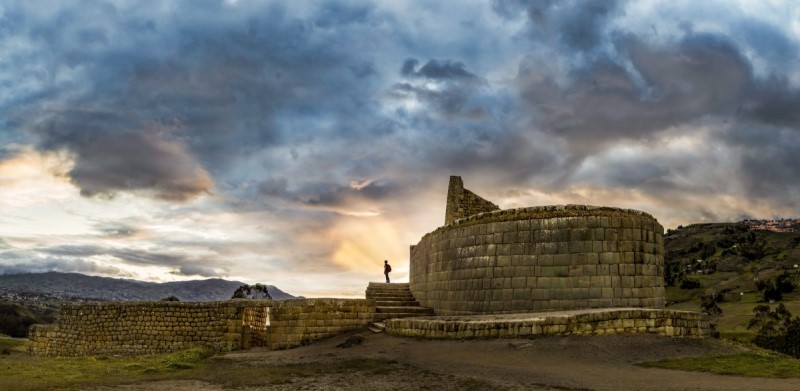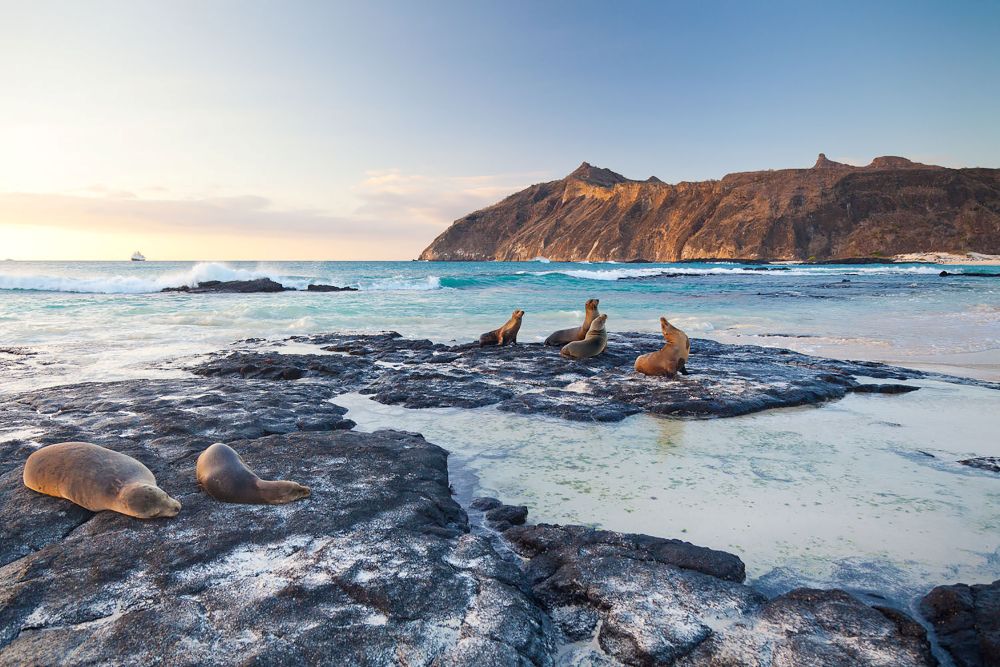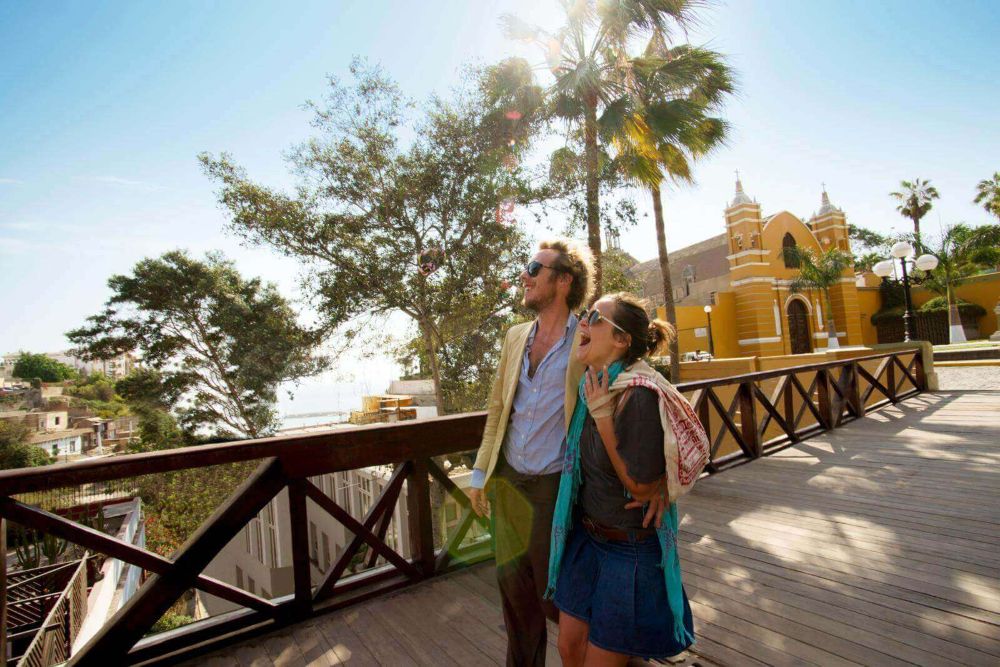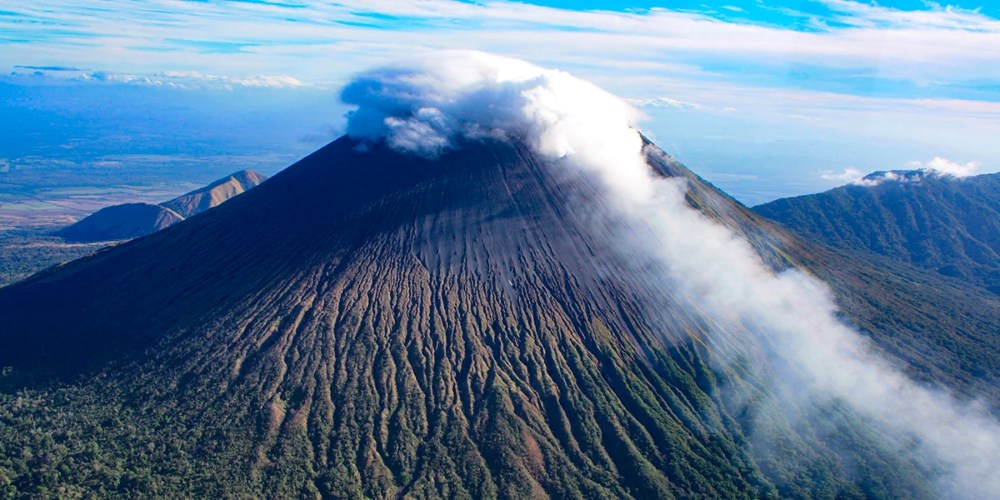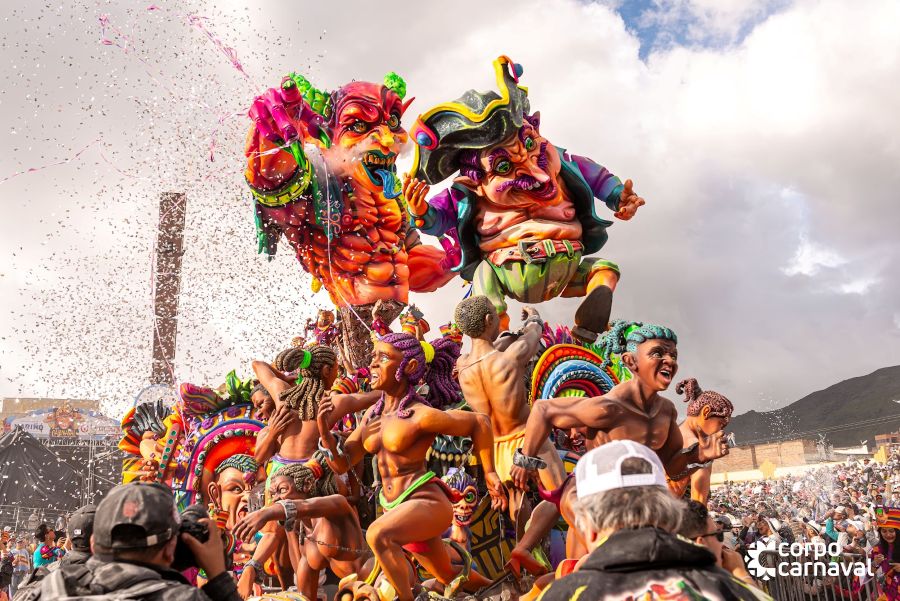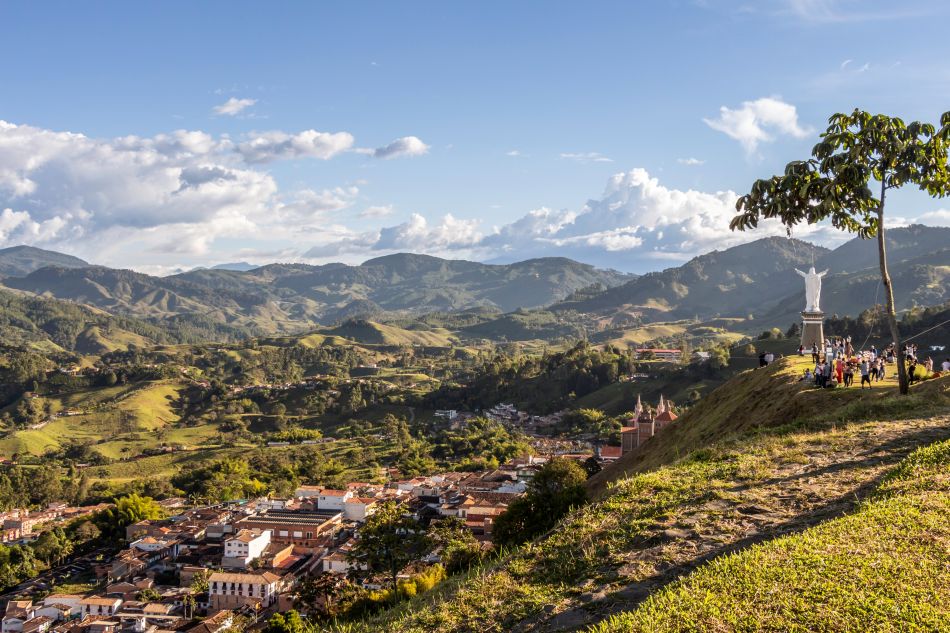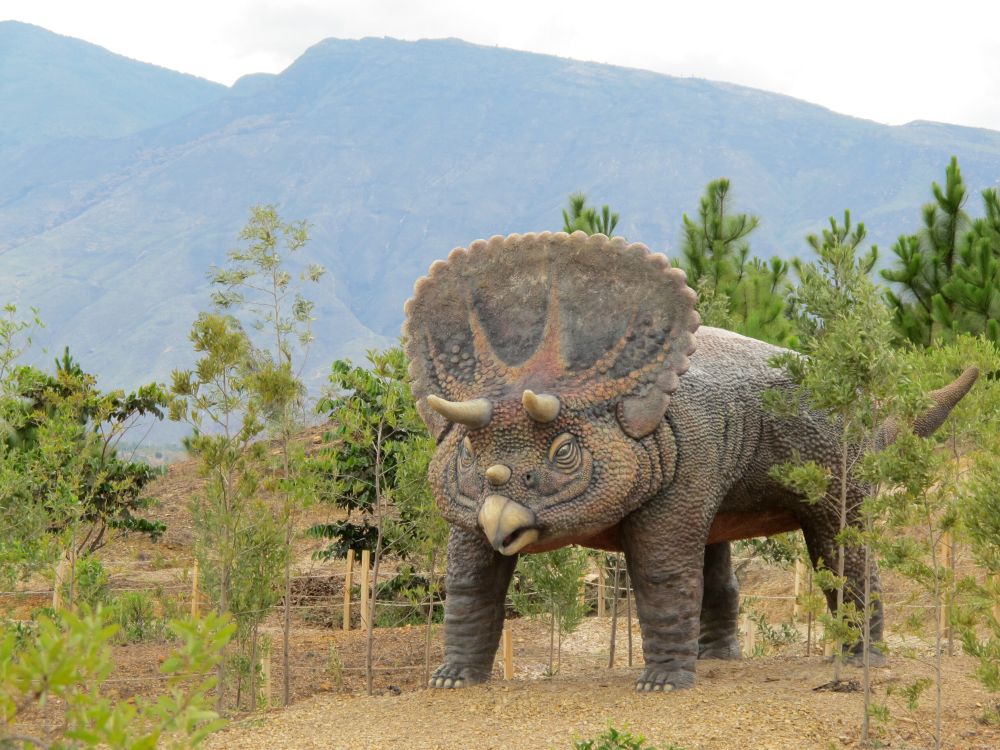Il y a un an, Cañar était déclarée capitale archéologique et culturelle de l’Équateur, dans cet article découvrez quelques-unes des raisons pour lesquelles ce canton est devenu l’une des destinations touristiques les plus importantes du pays.
Cañar est situé à 281 km au sud de Quito et à 36 km au nord d’Azogues, dans la province de Cañar. Le 26 janvier 2001, elle a été déclarée capitale archéologique et culturelle de l’Équateur, c’est en effet le berceau de la Grande Nation Cañari, une culture qui est apparue dans ces territoires environ 2 000 ans avant Jésus-Christ (ère Narrío) et qui a laissé un grand héritage en termes d’art et de traditions céramiques.
Ceux qui visitent Cañar ont devant eux un large éventail de possibilités touristiques, car en plus de ses importantes ressources archéologiques et culturelles, ce canton est entouré de magnifiques sites naturels.
Voici ci-dessous quelques attractions à ne pas manquer lors de votre séjour :
Complexe archéologique d’Ingapirca
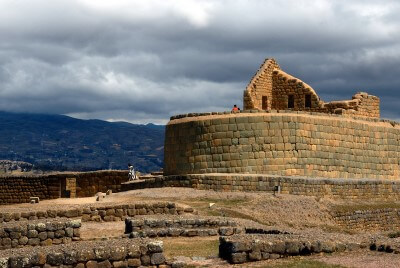
Il est considéré comme le site archéologique le plus grand et le mieux préservé de l’Équateur. Son nom, issu de la langue quichua, signifie “mur ou paroi de l’Inca”.
C’est le joyau touristique du canton et de la province. On y trouve les vestiges d’un temple cérémoniel de forme elliptique, d’anciens entrepôts, de maisons et d’autres structures.
Dans les environs du complexe, vous pouvez également observer d’intéressantes formations rocheuses telles que “La Cara del Inca” (le visage de l’Inca). D’autre part, un musée sur le site expose de belles pièces archéologiques en poterie, os et métal correspondant aux cultures cañari et inca.
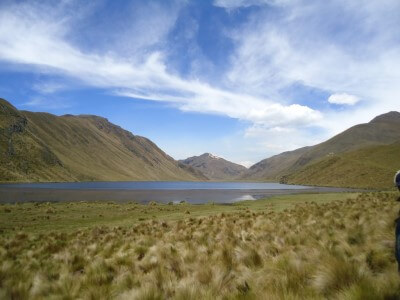
Lagune de Culebrillas
Cette lagune est considérée comme un lieu sacré, car selon la légende, le serpent créateur de la nation Cañari s’est caché dans ses eaux après un grand déluge universel.
La lagune est située à 3860 mètres d’altitude et est entourée de paramo, cette végétation andine typique. Dans les environs, on trouve d’importants vestiges archéologiques tels que Labrashcarumi (un ancien atelier où l’on travaillait la pierre) et Paredones (un tambo qui abritait les voyageurs qui traversaient la région pendant des centaines d’années).
Qhapaq Ñan
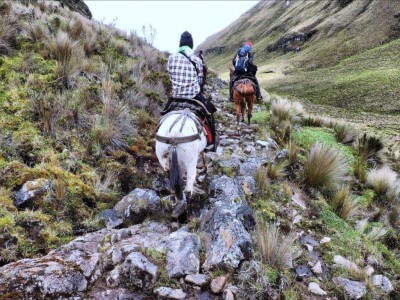
Connu en espagnol sous le nom de “El Gran Camino del Inca”, il s’agit de l’ancien système routier andin, formé sur la base d’un réseau de voies, disposées stratégiquement pour couvrir toute la longueur de la géographie andine.
En 2014, le Qhapaq Ñan a été déclaré site du patrimoine mondial par l’UNESCO. La section la mieux préservée du Qhapaq Ñan en Équateur traverse le parc national de Sangay, dans la zone supérieure de la lagune de Culebrillas. En chemin, il est possible de découvrir des vestiges archéologiques ainsi que la flore et la faune typiques des landes et des forêts montagnardes de la province de Cañar.
Musée archéologique et ethnographique de Guantug
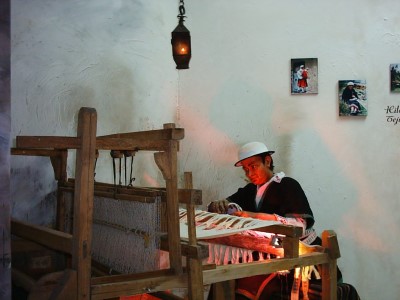
Il est situé dans le parc de loisirs de Guantug. Sa salle archéologique expose des bols, des aríbalos, des haches, des flûtes, des amulettes et d’autres objets en céramique, en os, en coquillage et en or des cultures cañari et inca.
La salle ethnographique recrée des scènes de la vie quotidienne, des fêtes et des vêtements des communautés les plus représentatives du canton, dont la couleur et l’histoire fascinent les visiteurs qui se rendent sur le site.
Ethnie Cañari
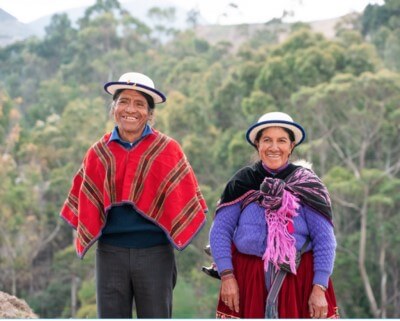
Ce groupe ethnique, qui descend des anciens colons de la région de Cañar et d’Azuay, compte une population d’environ 150 000 personnes. Bien qu’ils aient eu l’habitude de parler “Cañari“, ils parlent maintenant le quechua et l’espagnol.
Leur mode de vie est basé sur l’élevage et l’agriculture et, dans une moindre mesure, sur la production artisanale. Ils sont connus pour leur courage et pour leurs attachements aux traditions et coutumes ancestrales.
L’ethnie Cañari a sans aucun doute été un facteur clé dans la déclaration de Cañar comme capitale archéologique et culturelle de l’Équateur, car ses membres ont conservé leur mémoire historique, leurs coutumes et leurs traditions, qui se reflète dans leurs vêtements, leur musique, leurs légendes, leur gastronomie et leurs festivités.
Sanctuaire San Antonio
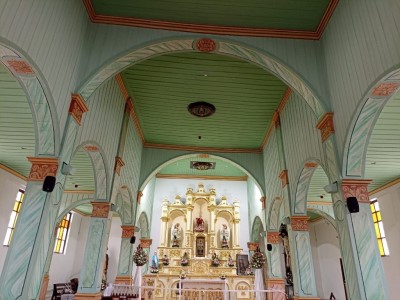
Ce sanctuaire, qui date de 1934, est situé dans le beau point de vue de San Antonio, à 3260 mètres d’altitude. Selon les habitants de la région, en 1958, un miracle eucharistique a eu lieu dans ce temple, lorsque pendant une messe les paroissiens ont vu le visage de Jésus apparaître dans l’ostensoir.
La beauté architecturale de ce temple en fait un lieu de visite idéal pour les amateurs de tourisme culturel et religieux.
Marché Central

C’est l’endroit idéal pour ceux qui recherchent une expérience immersive pour découvrir les coutumes des habitants de la région, ainsi que l’apprentissage des processus de distribution et de vente des produits de base (nourriture, vêtements et artisanat). De plus il est possible de profiter de la cuisine locale typique, de gouter au fameux cuy avec des pommes de terre, chiviles et fritada.
Source : Ecuador Travel

